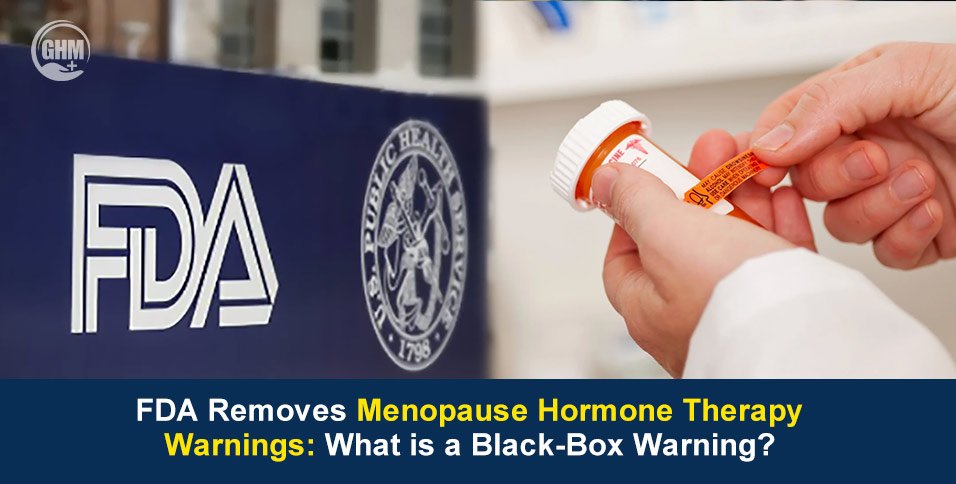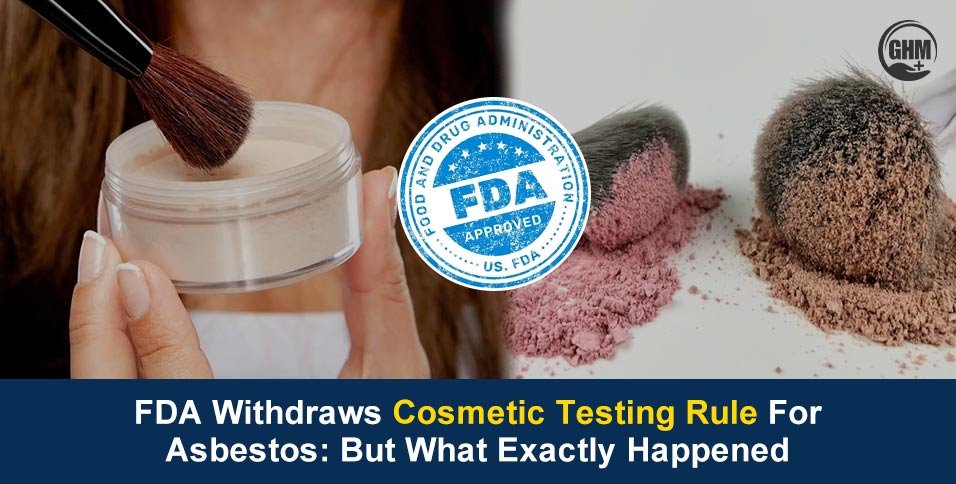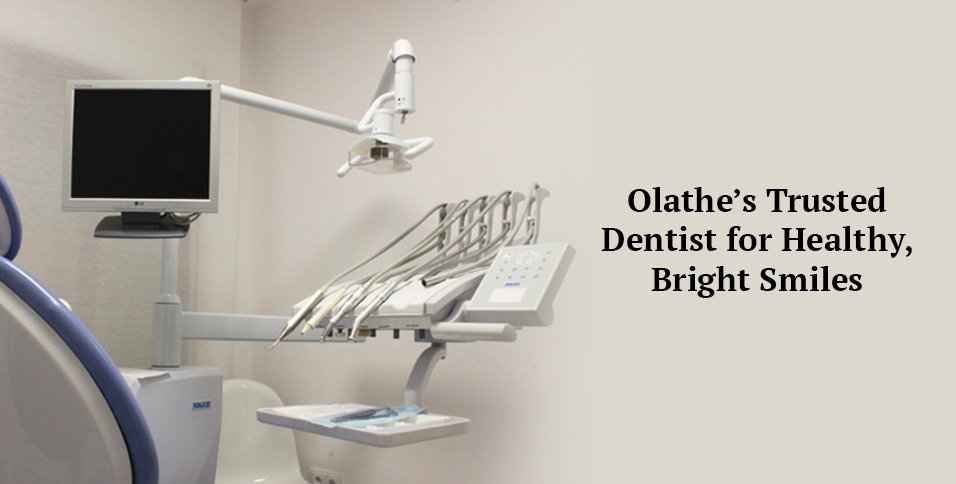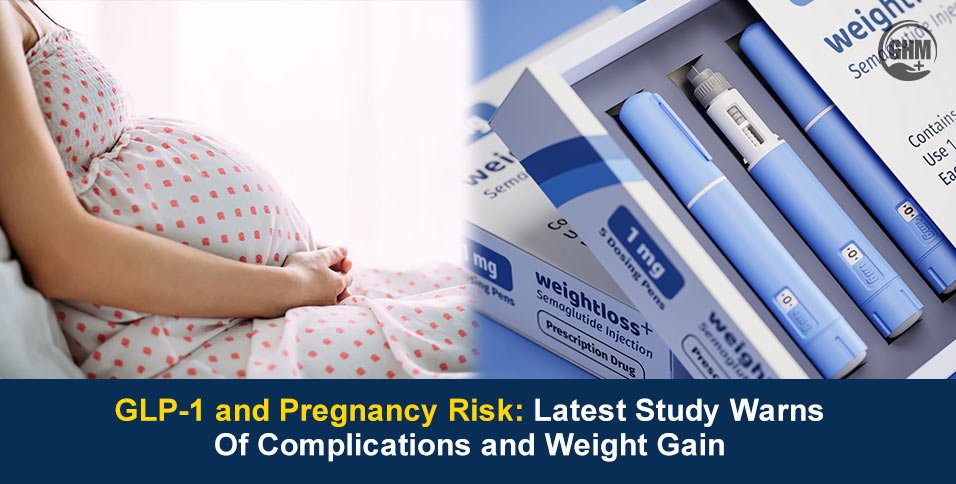In a major update to women’s health policy, the U.S. Food and Drug Administration (FDA) has asked drugmakers to remove long-standing menopause hormone therapy warnings from product labels.
These warnings, once highlighted in a bold “black box,” cautioned women about potential risks such as heart disease, stroke, and breast cancer.
The FDA’s decision represents a turning point in how menopause care is viewed globally, suggesting that new evidence now supports a more balanced understanding of hormone therapy’s benefits and risks.
How Did FDA Drop The Warning?
FDA Commissioner Dr Marty Makary urged pharmaceutical companies to remove the decades-old black-box warning from estrogen and progesterone drugs prescribed to relieve menopause symptoms such as hot flashes, night sweats, and vaginal dryness.
This black-box warning, which is the strongest caution the FDA can issue, has been part of menopause hormone therapy drugs since 2002, following concerns raised by early research suggesting that the therapy could increase the risk of heart attack, stroke, and breast cancer.
What Is a Black-Box Warning?
- A black-box warning is the most serious safety alert the FDA requires on a drug’s label. It’s printed with a bold black border to draw attention to potentially life-threatening side effects.
- For hormone therapy drugs, this warning signalled that these medicines might carry cardiovascular and cancer risks, particularly when taken long-term.
- However, in recent years, new studies have challenged those earlier findings, showing that the risks may have been overstated. Especially for younger women or those who start therapy soon after menopause begins.
Why the Warning Was Added?
The original black-box warning stemmed from the Women’s Health Initiative (WHI) study, published in 2002. The study which appeared to show that hormone therapy increased risks of heart disease, stroke, blood clots, and breast cancer.
The findings prompted millions of women to stop using hormone therapy overnight. Prescriptions plummeted, and doctors became cautious, even for patients with severe menopause symptoms.
However, later reviews revealed important flaws in how those results were interpreted. Many of the women in the WHI were older, often in their 60s, starting therapy years after menopause, which may have inflated the risks.
Subsequent studies have since suggested that younger women in early menopause (ages 45–55) face much lower risks and may actually experience cardiovascular and bone health benefits from hormone therapy.
Why FDA Removed Menopause Hormone Therapy Warnings?
The FDA’s decision to remove the menopause hormone therapy warnings follows a growing body of research showing that the treatment is safe and effective when used appropriately.
Recent studies and professional medical societies, including The North American Menopause Society (NAMS) and The Endocrine Society, have emphasised that hormone therapy is the most effective treatment for hot flashes and other menopause symptoms.
FDA officials noted that new evidence doesn’t justify the strongest possible warning label anymore, as it may unnecessarily discourage women from seeking relief.
“We’re aligning labelling with the current science,” said Dr. Marty Makary, FDA Commissioner. “Women should be informed about risks, but not frightened away from therapies that can greatly improve quality of life.”
What Does This Mean for Women?
For women struggling with menopause symptoms, the FDA’s move may signal a more balanced approach to treatment. Doctors can now discuss hormone therapy more openly, focusing on individual risk profiles rather than one-size-fits-all fear.
Here’s what women should know:
- The therapy remains prescription-only and should be used under medical supervision.
- Risks still exist, especially for women with a history of breast cancer, blood clots, or cardiovascular disease.
- The lowest effective dose for the shortest duration remains the general recommendation.
- Timing matters. Starting therapy near the onset of menopause appears safer than beginning years later.
Potential Patient Questions
As women consider or revisit hormone therapy, several common questions arise:
1. Is it safer now?
The science suggests that for healthy women under 60 or within 10 years of menopause onset, the benefits outweigh the risks. Safety depends on timing, dosage, and individual health factors.
2. Does this mean I can take it longer?
Not necessarily. Duration should be decided with your healthcare provider. Some women may use hormone therapy for several years under close monitoring.
3. Are all hormone therapies the same?
No. Options include estrogen-only, combined estrogen-progestin, and bioidentical hormones. The route, such as pills, patches, gels, or creams, also affects risk and absorption.
4. Should I start hormone therapy if I’m already postmenopausal?
Women more than 10 years past menopause onset may face higher cardiovascular risks. A doctor can help assess whether benefits outweigh potential side effects.
What is the Public Health Impact?
Experts expect the FDA’s decision to influence global menopause care guidelines. Countries often align their health policies with U.S. regulatory changes.
The removal of menopause hormone therapy warnings could,
- Normalize discussions about menopause and reduce stigma.
- Encourage new research and drug innovation for women’s midlife health.
- Increase prescriptions, prompting closer monitoring of long-term effects.
Public-health officials and medical organizations will likely track outcomes carefully to ensure the change leads to improved quality of life without unintended consequences.
Conclusion
The removal of menopause hormone therapy warnings marks a significant shift in women’s health policy, one that rebalances the conversation from fear to informed choice.
While hormone therapy is not risk-free, the FDA’s decision recognizes that earlier warnings may have discouraged beneficial use for millions of women seeking relief from menopause symptoms.
As Dr. Makary noted, “It’s time to base health policy on updated science, not outdated fear.”



















